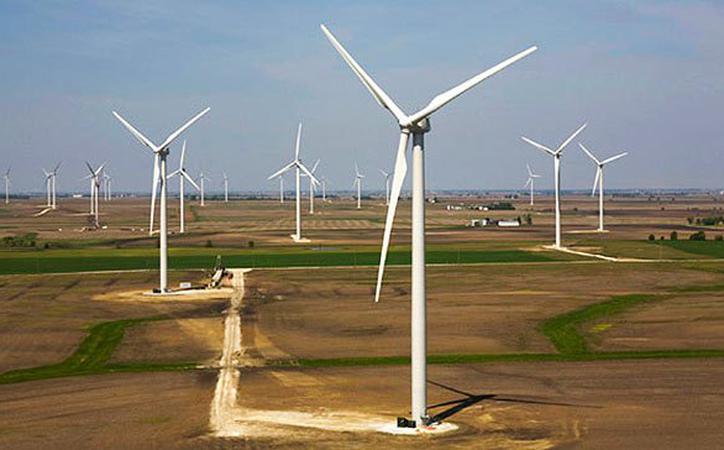Power generated by wind turbines in the United States hit a milestone last week, becoming the second-highest source of electricity in the country for a 24-hour period, according to the Energy Information Administration.
(AP).- Wind turbines generated more than 2,000 gigawatt-hours of electricity in the U.S. on Tuesday, March 29, more than was provided by nuclear and coal power plants that day. Wind power, which is renewable and does not release greenhouse gases into the atmosphere, still trailed the electricity produced by natural gas, but it was the first time in U.S. history that wind turbines outperformed nuclear and coal power.
Last Tuesday, total U.S. wind generation exceeded 2,000 GWh, making wind the second largest producer of electricity in the United States after natural gas for that 24-hour period.
— Ben Storrow (@bstorrow) April 4, 2022
Did a quick look at EIA's numbers going back to 2018. Don't think that's ever happened before. pic.twitter.com/VW7YSPK6LJ
On its website, the EIA notes, “The amount of wind electricity generation has grown significantly in the past 30 years. Advances in wind energy technology have decreased the cost of producing electricity from wind. Government requirements and financial incentives for renewable energy in the United States and in other countries have contributed to growth in wind power.”
In total, electricity generated from wind power has gone from roughly 6 billion kilowatt-hours in 2000 to 380 billion in 2021, EIA says. Wind turbines now account for roughly 9.2% of the U.S.’s total “utility-scale electricity generation,” according to the agency.
The rush toward wind energy has picked up steam as the country looks for ways to ween itself from oil and reduce greenhouse gas emissions that cause climate change. In 2020, 42% of new electricity generation capacity came from land-based wind energy, according to figures from the U.S. Department of Energy. Spurred on by federal tax incentives, wind turbines have been going up in states such as Illinois, Indiana, Iowa, Colorado, Kansas, Texas and Minnesota.
TYT Newsroom


